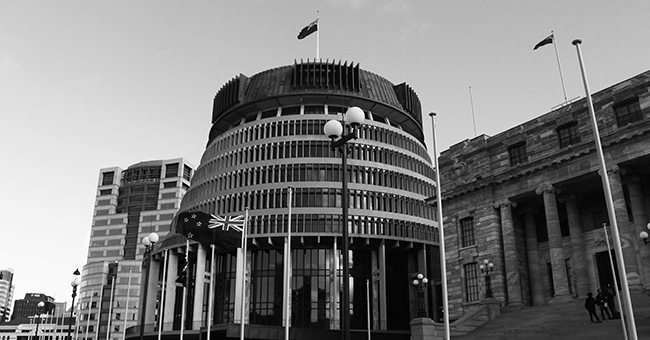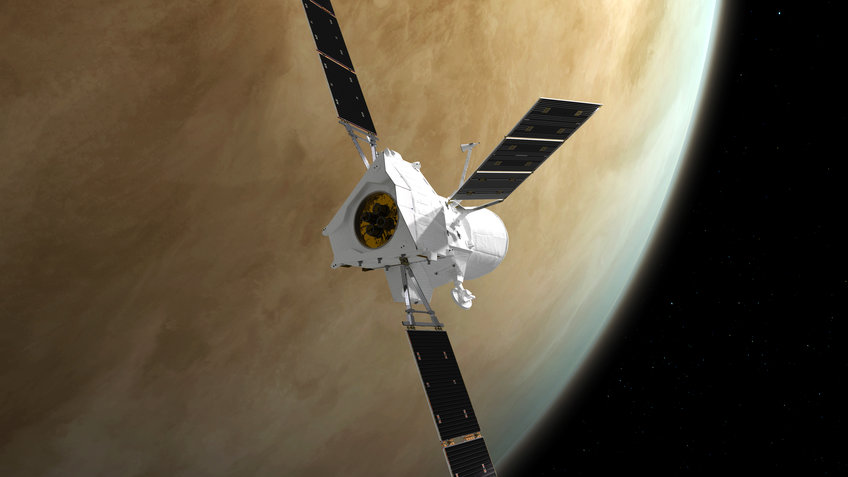Recorded data and recovered components are among the areas of focus for the ongoing investigation into the fatal collision with water of a Cessna 182 light aircraft near Moreton Island in south-east Queensland on 22 January 2020.
The ATSB preliminary report details the aircraft’s flight path in the lead-up to the dual fatality accident. The Cessna 182, registration VH-WNR, had departed Caloundra Airport at 3.30 pm as a private sightseeing flight with the pilot and a passenger on board.
The aircraft flew south over Bribie Island and onto Moreton Island. At 4.06 pm, when the aircraft was overhead Tangalooma, the pilot radioed that he intended to head south to the end of the island and then north up the eastern side of the island.
The ATSB’s preliminary examination of the flight path indicates the aircraft passed the northern tip of the island at about 1,100 ft in a shallow descent and continued towards Flinders Reef. The aircraft’s airspeed and descent remained stable until about 4.25 pm when the descent rate began to gradually increase. The pilot made a MAYDAY call at 4.26 pm east of Flinders Reef while descending through 300 ft at a groundspeed of 115 kt. Air traffic control attempted to establish contact but no further transmissions were received from the aircraft.
Examination of underwater footage of the aircraft showed damage to the cabin indicating the impact with water was unlikely to be survivable.
Initial analysis of radar data points to the aircraft continuing north-east for another 15 to 20 seconds after the transmission before colliding with the water.
An aerial and marine search was initiated, and the aircraft was located on 29 January 2020, north-east of Flinders Reef in about 30 metres of water. The pilot and passenger were not located.
“Examination of underwater footage of the aircraft showed damage to the cabin, indicating the impact with water was unlikely to be survivable,” ATSB Director Transport Safety Dr Mike Walker said.
“Some aircraft components, including the engine and propeller, were recovered with the assistance of the Queensland Police Service and the Queensland National Parks and Wildlife Service. The ATSB is grateful for their valuable assistance.”
Dr Walker said no pre-existing defects were identified during workshop examinations of the engine and propeller but there remains much work to do.
“In addition to the examination of the recovered components, the ongoing investigation will include the examination of the aircraft’s maintenance and operational records as well as video footage of the wreckage, pilot qualifications and medical history and further analysis of recorded radio, radar and engine monitoring data.”
The investigation is still in early phases and that the ATSB’s safety analysis and findings will be published in the final investigation report.
“Should a critical safety issue be identified during the course of the investigation, the ATSB will immediately notify relevant parties so appropriate safety action can be taken,” Dr Walker said.
You can find here the preliminary report: AO-2020-006: Collision with water involving Cessna 182, VH-WNR, north of Moreton Island, Queensland, on 22 January 2020









